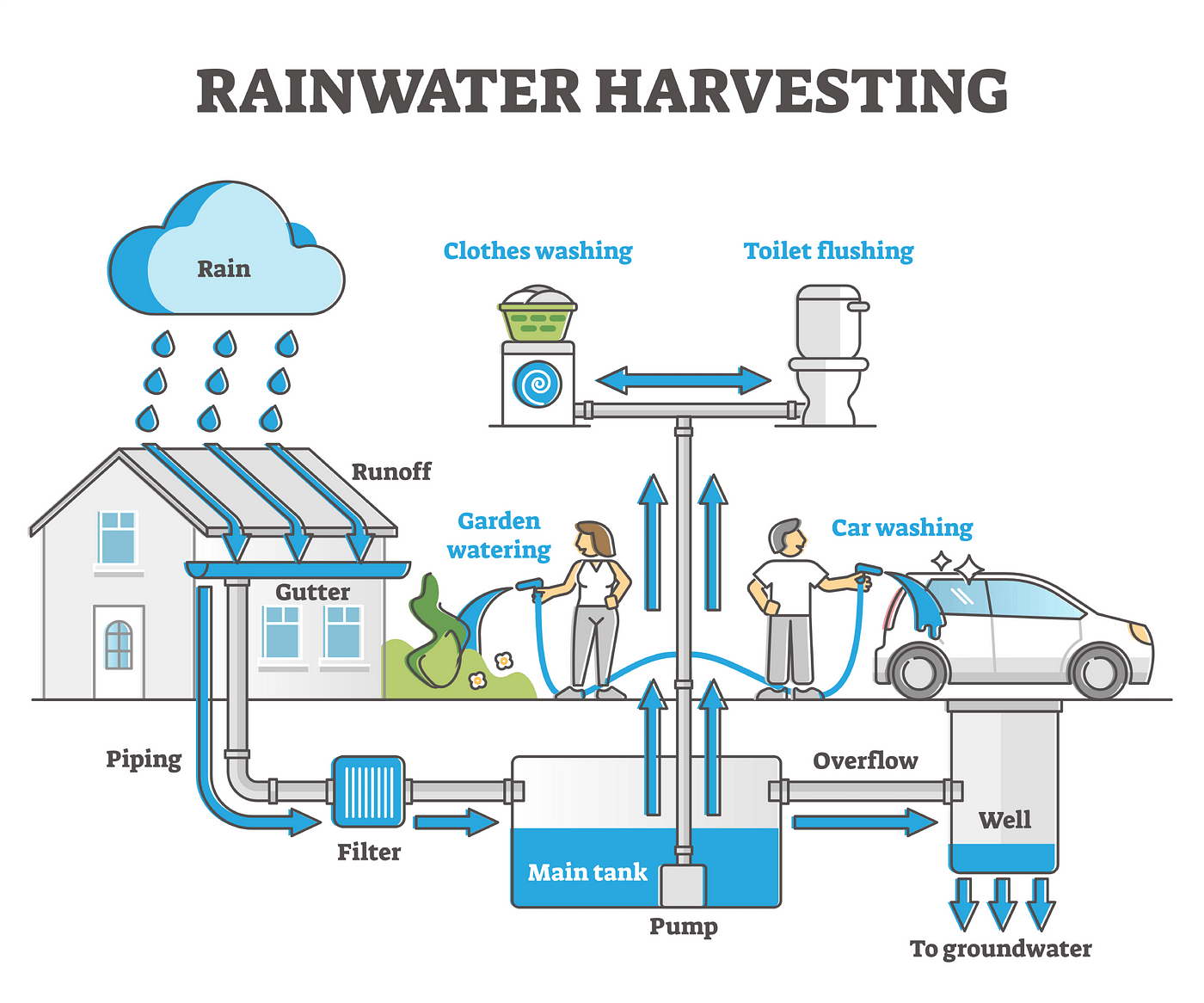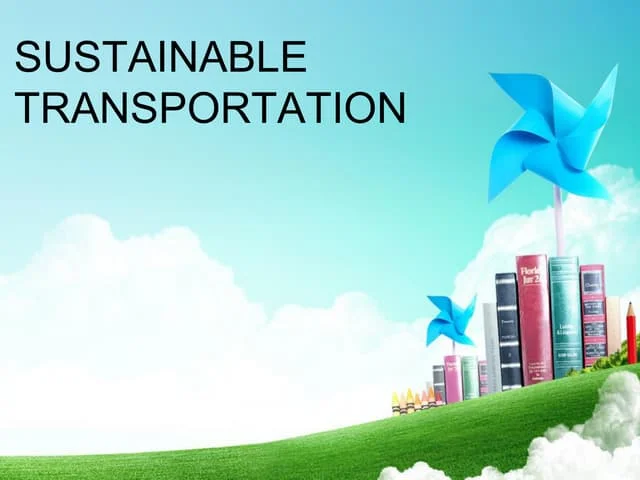Rainwater Harvesting: A Sustainable Solution for Water Conservation

In a world facing increasing water scarcity and environmental degradation, rainwater harvesting emerges as a sustainable solution to conserve water resources. But what exactly is rainwater harvesting, and why is it gaining momentum? Let’s explore the concept, methods, benefits, challenges, implementation, examples, and promotion of rainwater harvesting.
Introduction to Rainwater Harvesting
Rainwater harvesting involves collecting and storing rainwater for future use. The practice dates back centuries and has been used by civilizations around the world to meet their water needs. Today, rainwater harvesting is gaining popularity as a sustainable water management strategy to mitigate water scarcity and reduce reliance on centralized water supplies.
Methods of Rainwater Harvesting
Roof-Based Rainwater Harvesting
One of the most common methods of rainwater harvesting involves capturing rainwater that falls on rooftops and directing it into storage tanks or reservoirs via gutters and downspouts.
Surface Runoff Collection
Surface runoff collection involves capturing rainwater from paved surfaces, such as driveways, sidewalks, and roads, and diverting it into storage containers or infiltration basins.
Rainwater Harvesting from Landscapes
Rainwater can also be harvested from landscaped areas, such as gardens, lawns, and parks, by directing runoff into permeable surfaces or vegetated swales for infiltration or storage.
Benefits of Rainwater Harvesting
Water Conservation
Rainwater helps conserve water by capturing and storing rainwater that would otherwise run into storm drains and be lost to the environment. By using harvested rainwater for irrigation, flushing toilets, and other non-potable uses, households and communities can reduce their reliance on freshwater sources.
Cost Savings
Implementing rainwater systems can lead to significant cost savings on water bills, particularly in areas where water is scarce or expensive. Additionally, rainwater reduces the need for costly infrastructure upgrades to meet growing water demand.
Environmental Benefits
Rainwater harvesting has several environmental benefits, including reducing stormwater runoff, alleviating pressure on municipal water supplies, and replenishing groundwater aquifers. By reducing the demand for water from natural ecosystems, rainwater helps protect biodiversity and ecosystem health.
Challenges and Considerations
Quality of Harvested Rainwater
One of the main challenges of rainwater is ensuring the quality of harvested rainwater. Contaminants such as debris, sediment, and pollutants can accumulate on rooftops and other surfaces, affecting the quality of collected rainwater.
Maintenance Requirements
Rainwater systems require regular maintenance to ensure optimal performance and water quality. This includes cleaning gutters and filters, inspecting storage tanks for leaks or contamination, and monitoring water levels and usage.
Regulatory Considerations
Regulatory considerations, such as permits and water rights, may vary depending on local regulations and jurisdictions. It’s essential to consult with local authorities and comply with applicable laws and regulations when implementing rainwater systems.
Implementing Rainwater Harvesting Systems
Design Considerations
When designing a rainwater system, factors such as roof size, rainfall patterns, water demand, and available space for storage tanks must be taken into account to ensure efficient capture and utilization of rainwater.
Installation Process
The installation process typically involves installing gutters and downspouts to capture rainwater, connecting them to storage tanks or reservoirs, and incorporating filtration and treatment systems to ensure water quality.
Maintenance and Troubleshooting
Regular maintenance, such as cleaning gutters and filters, inspecting storage tanks, and monitoring water quality, is essential for the long-term performance of rainwater systems. Troubleshooting issues such as leaks, clogs, and contamination is also necessary to address any problems that may arise.
Examples of Successful Rainwater Harvesting Projects
Residential Rainwater Harvesting Systems
Many homeowners around the world have installed rainwater systems to meet their water needs for landscaping, gardening, and other non-potable uses.
Community Rainwater Harvest Initiatives
Community-based rainwater initiatives, such as rooftop gardens, rain gardens, and community cisterns, help neighbourhoods and communities become more self-sufficient in water management.
Commercial Rainwater Harvesting Applications
Commercial buildings, schools, and businesses are increasingly adopting rainwater systems to reduce water consumption, lower operating costs, and demonstrate environmental stewardship.
Promoting Rainwater Harvesting
Education and Awareness Campaigns
Educating the public about the benefits of rainwater and providing resources and guidance on how to implement rainwater systems can help promote the widespread adoption of this sustainable water management practice.
Government Incentives and Policies
Governments can incentivize rainwater through rebates, tax incentives, and regulatory mandates that require or encourage the installation of rainwater systems in new construction or renovation projects.
Collaboration and Advocacy
Collaboration between governments, NGOs, businesses, and communities is essential for advancing the adoption of rainwater. By working together to share knowledge, resources, and best practices, stakeholders can overcome barriers and promote sustainable water management practices.
Conclusion
In conclusion, rainwater offers a sustainable solution to water scarcity and environmental degradation by capturing and utilizing rainwater for various purposes. By conserving water, reducing costs, and providing environmental benefits, rainwater has the potential to revolutionize water management practices worldwide. It’s time for individuals, communities, and governments to embrace rainwater and pave the way for a more sustainable future.



Leave a Comment